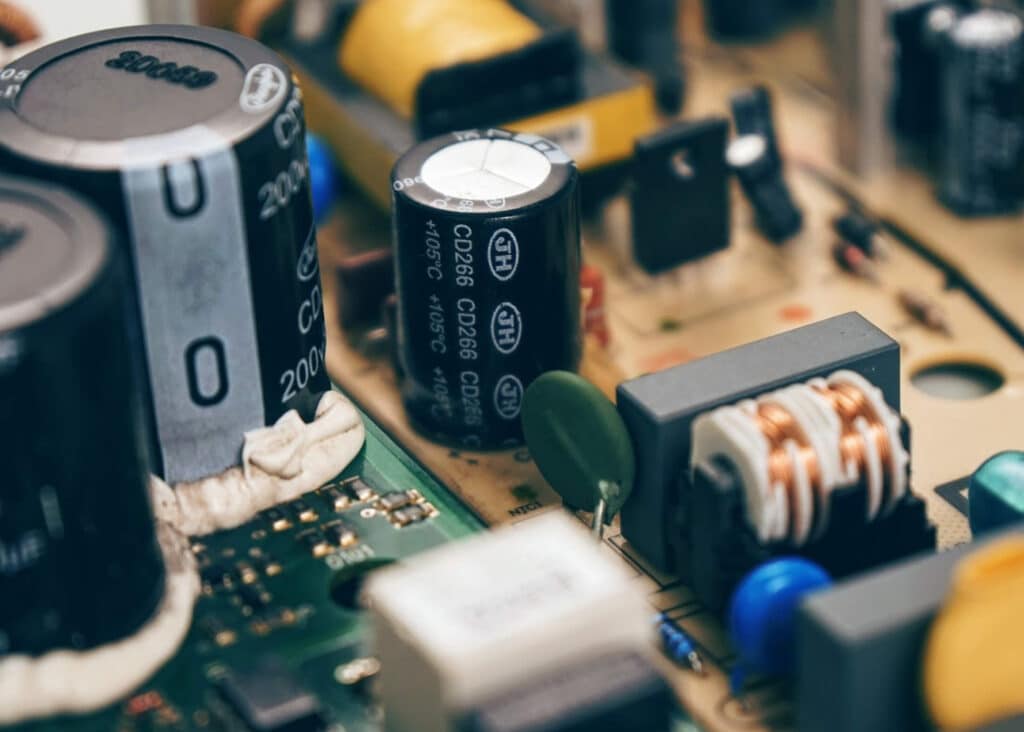
As a beginner circuit designer, one of the first things you might feel excited about is jumping straight into creating your own designs. The thought of building something functional and innovative can be incredibly thrilling. However, this eagerness often comes with a challenge: skipping the foundational understanding of what individual components do and how they work together.
When I started learning circuit design, I remember attempting to build a simple LED flasher circuit. I found a circuit diagram online, bought the parts, and eagerly connected everything. But to my dismay, the circuit didn’t work. I had no idea where the problem was, let alone how to fix it. Was it the resistor value? The capacitor polarity? The wiring of the IC? Debugging was frustrating because I didn’t understand the role of each component in the circuit.
This experience taught me an important lesson: understanding the functionality and application of components is crucial to successful circuit design. If you’re new to electronics, don’t worry! In this article, we’ll explore four essential components—resistors, capacitors, inductors, and integrated circuits (ICs)—and how they’re used in circuits. By the end, you’ll have a solid foundation to build and debug your own designs with confidence.
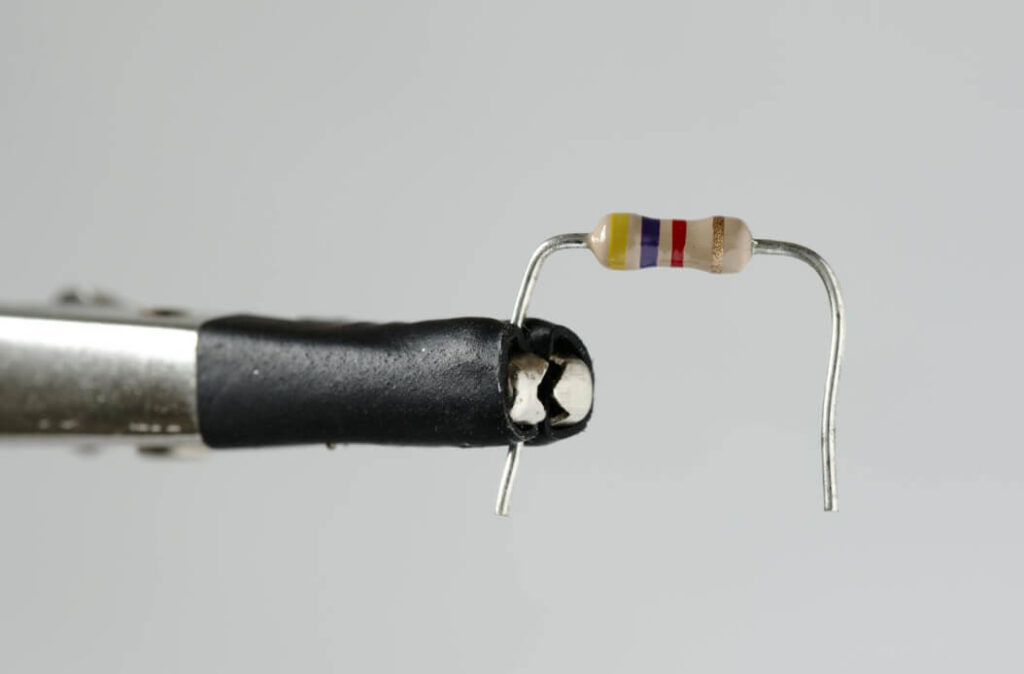
Resistors are passive components that limit the flow of electrical current in a circuit. They are one of the most basic yet critical components in electronics.
Resistors operate based on Ohm’s Law: V=I×RV = I \times R Where:
They convert electrical energy into heat to control the amount of current in a circuit.
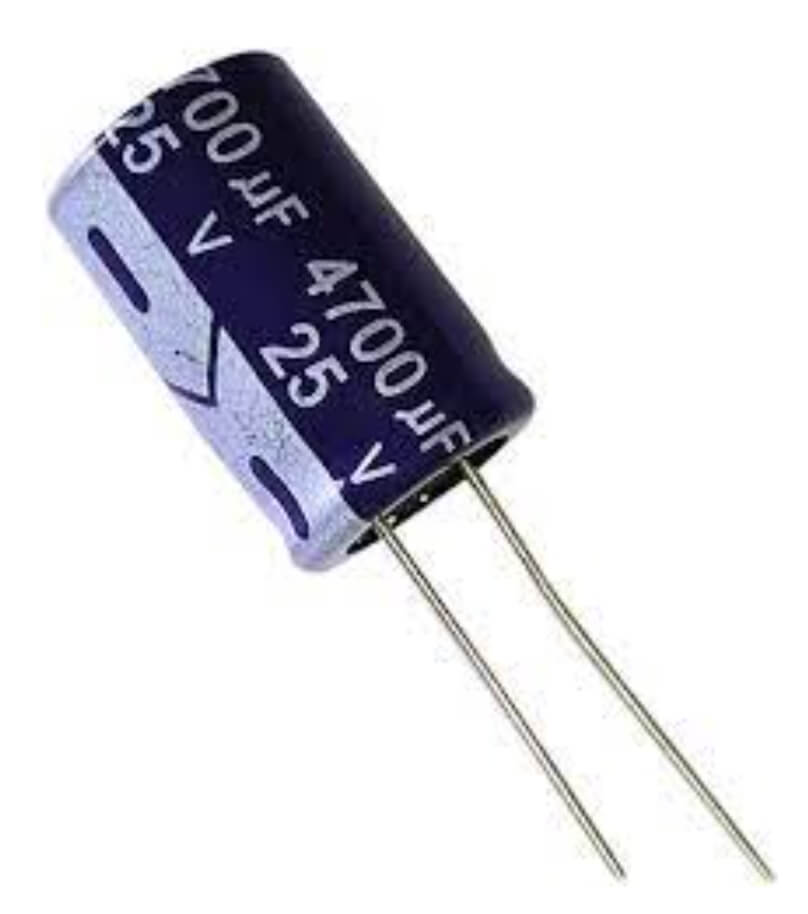
Capacitors are passive components that store and release electrical energy. They consist of two conductive plates separated by an insulating material (dielectric).
Capacitors charge and discharge based on the voltage applied to them. Their ability to store charge is measured in farads (F), with most common capacitors ranging from picofarads (pF) to microfarads (µF).
In a simple 555 timer LED flasher circuit, the capacitor determines the on-off timing of the LED. By adjusting the capacitor’s value, you can change how long the LED stays lit.
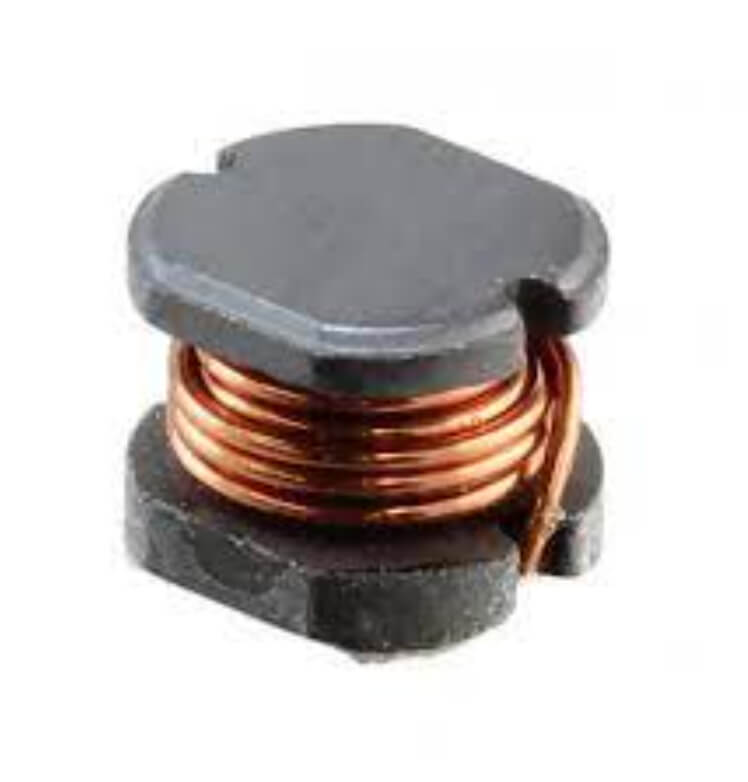
Inductors are passive components that store energy in a magnetic field when current flows through them. They resist changes in current, making them useful in various applications.
When current flows through an inductor, it creates a magnetic field. If the current changes, the collapsing magnetic field induces a voltage that opposes the change, as described by Faraday’s Law.
In a buck converter, an inductor works with a capacitor to smooth the output voltage and maintain a continuous current flow during switching cycles.
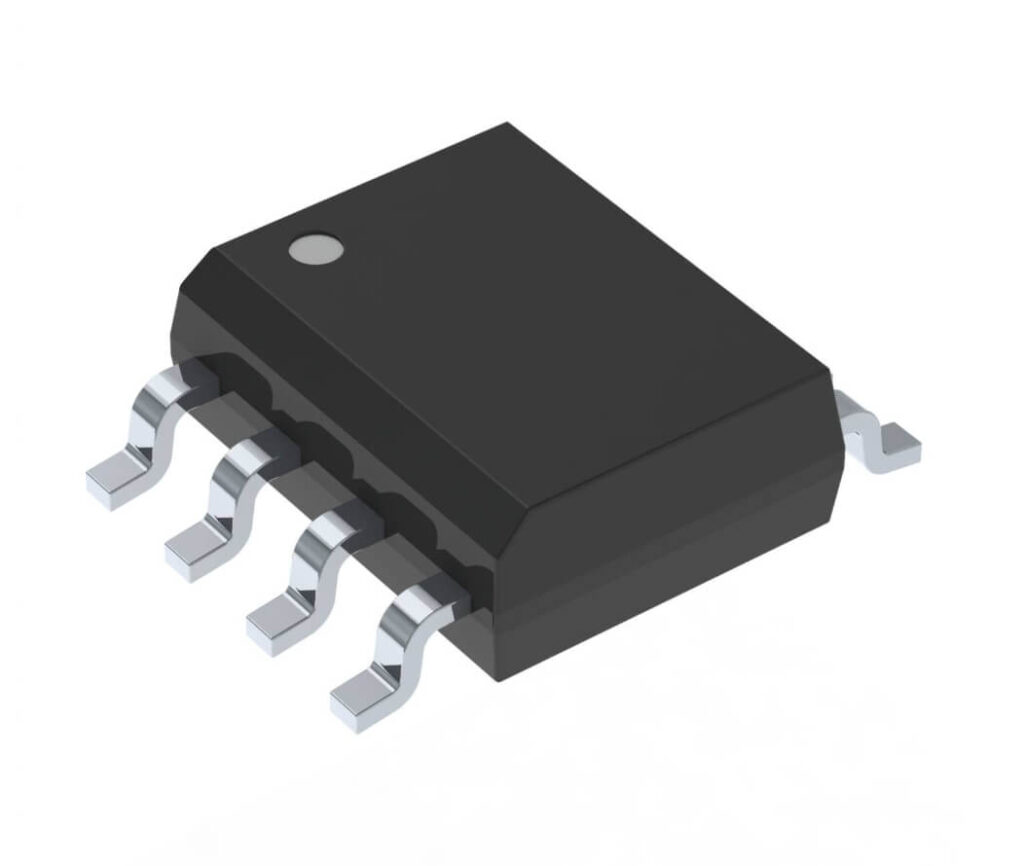
Integrated Circuits (ICs) are compact assemblies of multiple electronic components (resistors, transistors, diodes) on a single chip. They perform specific tasks in circuits, such as amplification, computation, or voltage regulation.
ICs simplify complex tasks by combining multiple functions into a small package. For example, a microcontroller IC like the ESP32 contains a CPU, memory, and input/output peripherals.
A 555 timer IC is a versatile component for creating oscillators and timers. By configuring external resistors and capacitors, you can design circuits like LED blinkers or pulse generators.
Let’s take a simple example: a dimmable LED circuit.
These components work in harmony to achieve the desired functionality while ensuring reliability and efficiency.
Misinterpreting IC Datasheets: Skipping the datasheet leads to incorrect pin connections and functionality issues.
Mastering resistors, capacitors, inductors, and ICs is essential for anyone diving into circuit design. These components form the backbone of most electronic projects, and understanding their roles will help you design and troubleshoot circuits with confidence. Start small, experiment with these components, and build your knowledge step by step. With practice, you’ll transform your ideas into functional designs and take your electronics skills to the next level.